A Cinematographer’s Perspective on Virtual Production Workflows

Roberto Schaefer, ASC, AIC, is widely recognized for his visual storytelling in acclaimed films such as Finding Neverland, Quantum of Solace, The Kite Runner, and Monster’s Ball. With decades of experience behind the camera, Schaefer has helped define the visual tone of both dramas and high-octane action films. But when he recently experimented with Xgrids’ LixelKity K1 scanner—a compact device designed to capture real-world locations as interactive 3D environments—it was a bold evolution in his cinematographic toolkit.
“It all started at NAB 2024 when I met with the Lightcraft team and saw their Jetset software,” Schaefer recalls. “It’s a mobile app that lets you quickly drop CG elements and environments into your footage. I started playing with it and realized it could be a helpful planning tool for a short film I was working on in a little hilltop town in Italy.”
That casual discovery quickly turned into an opportunity for hands-on testing.
“I contacted [Lightcraft founder] Elliot Mack, who suggested I do a virtual location scout using the Xgrids LixelKity K1 to generate photorealistic environments via Gaussian splats for Jetset,” Schaefer continues. “The idea was that I, as the DP, should do my own scans—because I know what I’m looking for.”

The idea was that I should do my own scans—because I know what I’m looking for.
Roberto Schaefer, ASC, AIC
How Xgrids Scanners Work
Gaussian splats are a relatively recent method for capturing and displaying 3D environments that appear photographic but can be explored in real-time, like a game world. Rather than building detailed polygonal models, this technique uses thousands of overlapping, semi-transparent image points that each store color and depth. The result is a soft yet realistic environment with natural parallax and spatial depth.
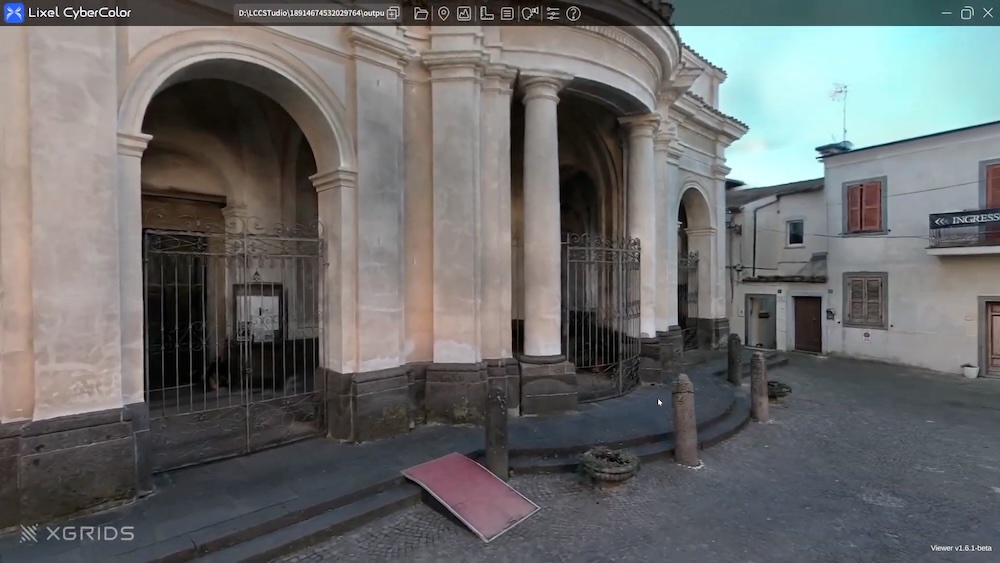
The K1 scanner creates these splats by combining multiple cameras and sensors into a handheld unit. The device records synchronized depth and RGB imagery as the user walks through a space. Once processed, the resulting scan can be used for previsualization, virtual production, or even reshoots—without the need to revisit the original location.
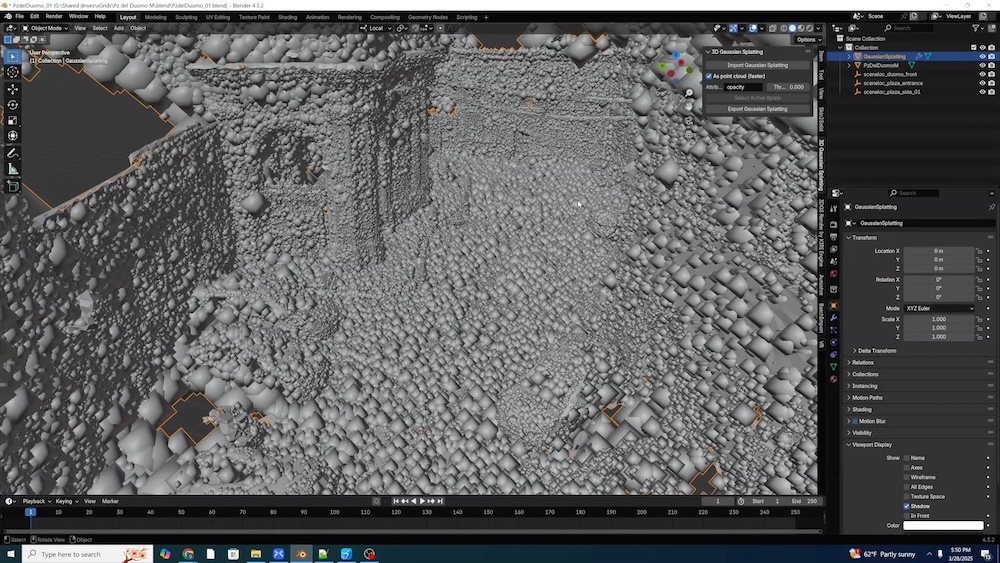
Capturing Italy for Jetset
Schaefer selected the picturesque hilltop town of Sutri, just north of Rome, where he had previously shot a Belinda Carlisle music video in the 1990s. Armed with the K1, which attaches a smartphone to a compact multi-camera array, he scanned entire piazzas, churches, alleyways, and interiors, carefully following the device’s recommended capture protocol.
“You hold the K1 at a 15-degree angle down to it facing in front of you and walk in zigzags,” he explains. “I walked slowly because I usually walk fast as a New Yorker. The app also shows you a green dotted line everywhere that you’ve already scanned.”
After capturing portions of the town, Schaefer uploaded the raw data using the WiFi at a local cafe in Sutri.
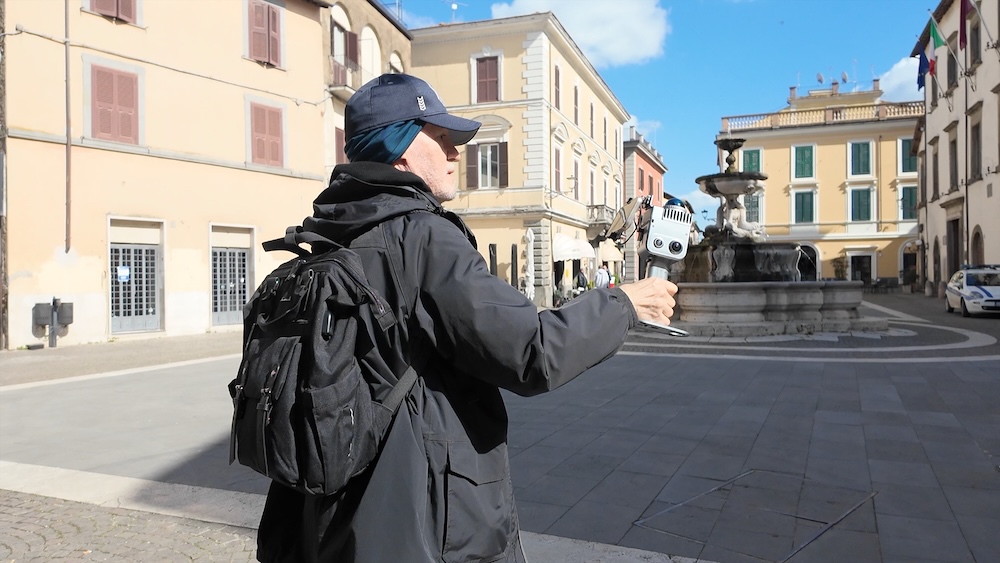
“Elliot then returned the processed splats so I could load them into Jetset for viewing,” he says. “The image quality works nicely, and I could then shoot previs shots with actors anywhere—but place them into the real location with accuracy down to 2cm, all without a greenscreen.”
The image quality works nicely, and I could then shoot previs shots with actors anywhere—but place them into the real location with accuracy down to 2cm, all without a greenscreen.
Roberto Schaefer, ASC, AIC
In Rome, Schaefer conducted additional scans around the Colosseum and metro stations to test a broader range of urban environments.
NAB and Future Applications
At NAB 2025, Schaefer presented his firsthand experiences. He walked attendees through his scanning process in Italy, showcased high-resolution Gaussian splats, and demonstrated how they could be used— highlighting the cinematographer’s role in driving new virtual production workflows from the ground up.
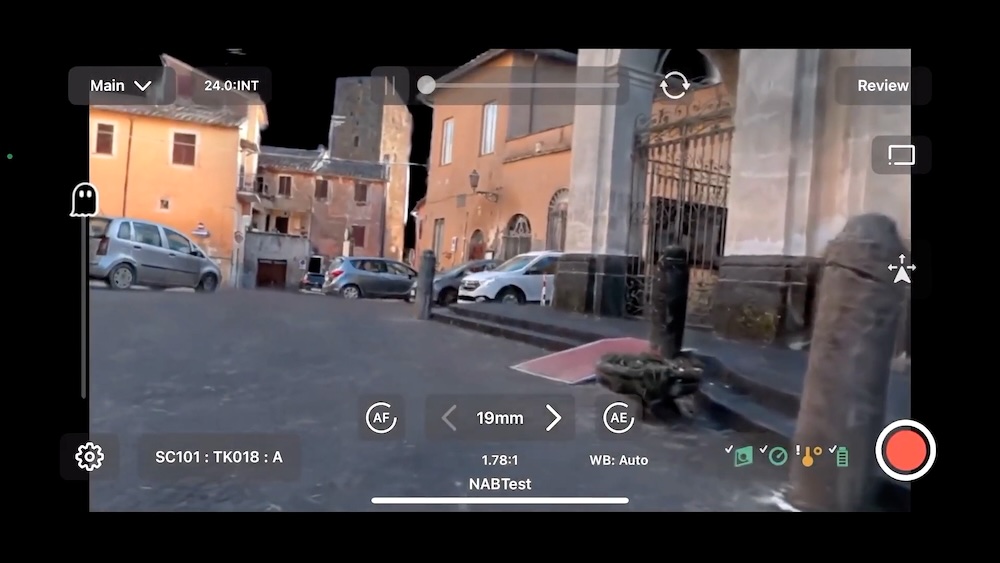
Schaefer sees practical applications for Gaussian splats across the full spectrum of filmmaking. The technology can simplify early location scouting, reduce unnecessary site visits, and allow department heads to collaborate in a shared virtual environment. It also opens new possibilities for previsualization, shot planning, and reshoots, especially when access to original locations is limited.
“Jetset is an incredible tool, and I’m pretty excited about it,” he says.

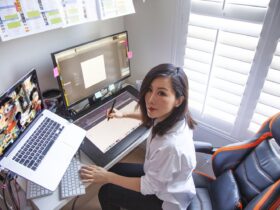
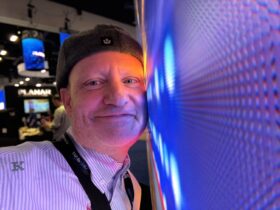
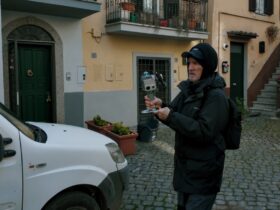

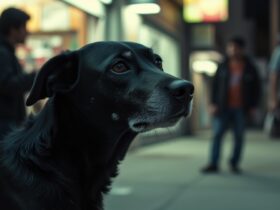
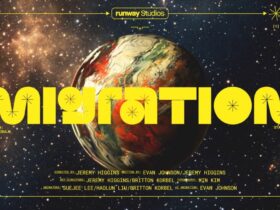
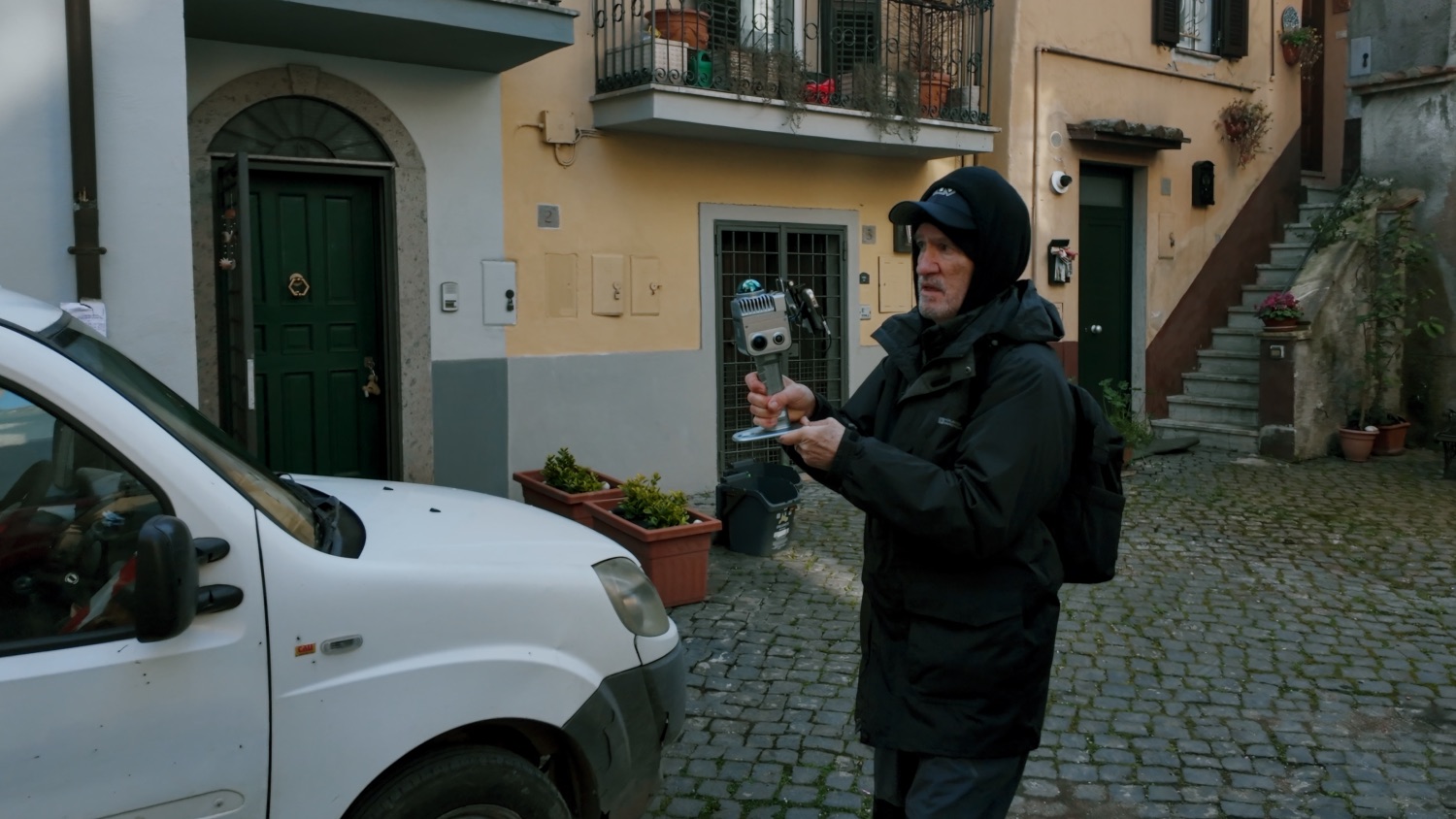

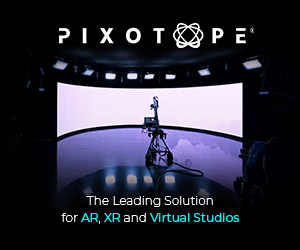
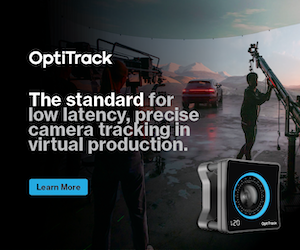


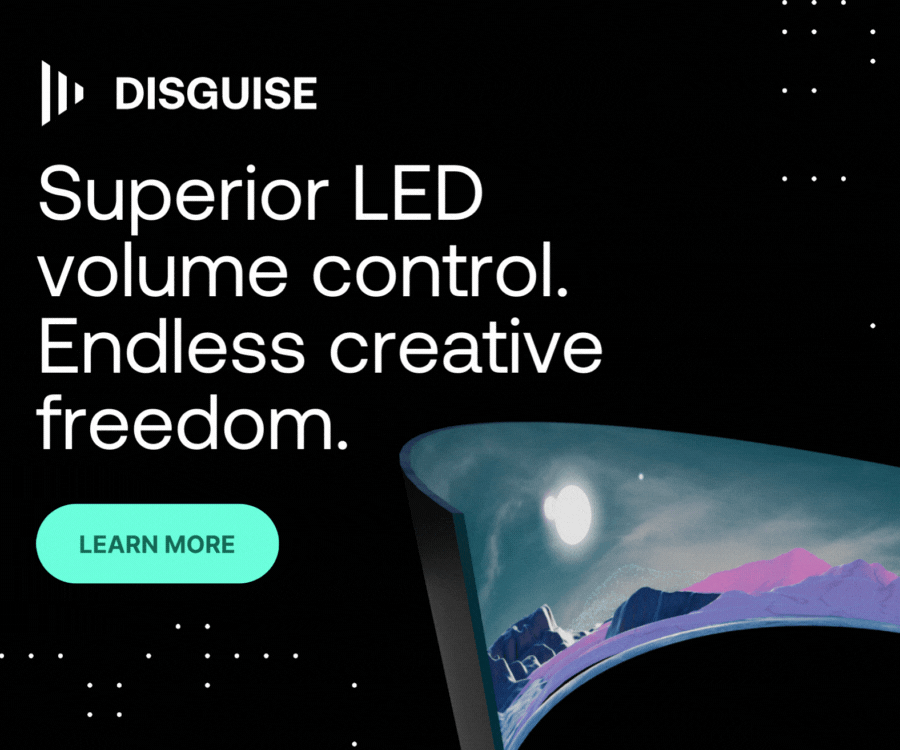
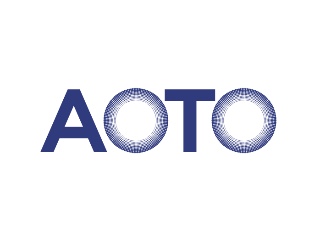

Leave a Reply